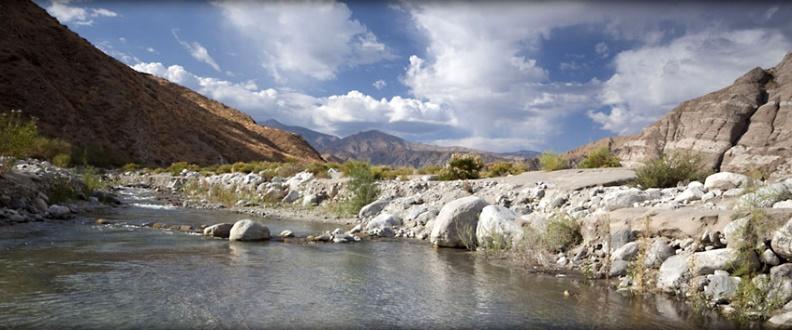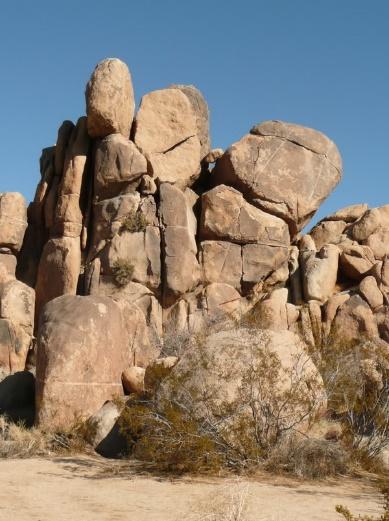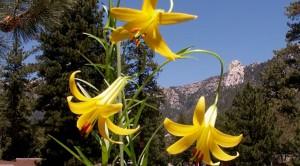The biosphere is the part of the Earth’s surface and atmosphere that is inhabited by living organisms and influenced by them. Soil, water, plants, and animals have distinct characteristics in every geographical area. Therefore, biospheres differ from their content and quality. The purpose of this paper is the analysis of ecospheres in the Whitewater Preserve and the Palm Springs Aerial Tramway. The major differences and the causes of these differences are outlined below.
The Whitewater Preserve covers a vast territory (over 2.850 acres) surrounded by Gorgonio Wilderness. The Whitewater River is the primary source of the surface water and sand in the area. The sand from the river banks is transported through the local southeastern wind corridor to other parts of the valley. Additionally, the Whitewater River Preserve is characterized by the increased rainfall levels that two-time higher than in other proximate parks and preserves. The combination of these ecosystem processes creates a cool and moist climate, which results in plant species richness. Such plants as Coachella Valley milk-vetch, perennial shrubs, and Astragalus lentiginosus are extensively represented in the preserve. Overall, the plant component takes a significant place in the Whitewater Preserve’s biosphere.

The area at the top of the Palm Springs Aerial Tramway, including Mt. San Jacinto Wilderness State Park, covers about 13.000 acres. Comparing to the Whitewater Preserve, it is drier. The types of soils in the park are mostly shallow and extremely drained. There is a large number of granites – it is the major material forming the local landscape. There is also a high risk of erosion in the park due to snow melting and springs’ runoff flows.

The Palm Springs Aerial Tramway area is characterized by harsh habitats such as deserts. Arid environments with intense heat or cold affect the local species representation. However, comparing to the Whitewater River Preserve, the number of species in the park is higher – some animals and plants adapt to such a stressful environment. As a result, the region is associated with increased species diversity. It is possible to find some sensitive and exotic plant communities there, e.g. shaggy-haired alumroot and lemon lily. The most common vegetation types in the park are the mixed conifer, live canyon oak, lodgepole pine, montane meadow, and some others. They all can mostly be found in the montane vernal lake and the montane meadow habitats.

In the Whiteland Preserve, there are a few types of natural communities: desert dunes, mesquite hummocks, and willow forests. Within these communities, such wildlife species as the ground squirrel, yellow warbler, pocket mouse, LeConte’s thrasher, flat-tailed horned lizard, etc. may be observed. At the same time, in the Palm Springs Aerial Tramway surroundings, we can find such wildlife species as southern rubber boa, lodgepole chipmunk, yellow-legged frog, and flying squirrel. Bats, birds of prey, and some reptiles inhabit the cliffs and talus slopes. Some of these species are highly sensitive and are regarded as threatened and rare.

The vegetation-based habitats cause the major differences in wildlife components in the reviewed biospheres. The productivity of the vegetation system is one of the basic elements of the local environments. At the same time, plant diversity depends on regional topology and hydrology. In this way, it is possible to conclude that the differences in the analyzed biospheres are prompted by their microclimatic, botanic, zoological, and geochemical qualities, which affect local habitats and species communities.